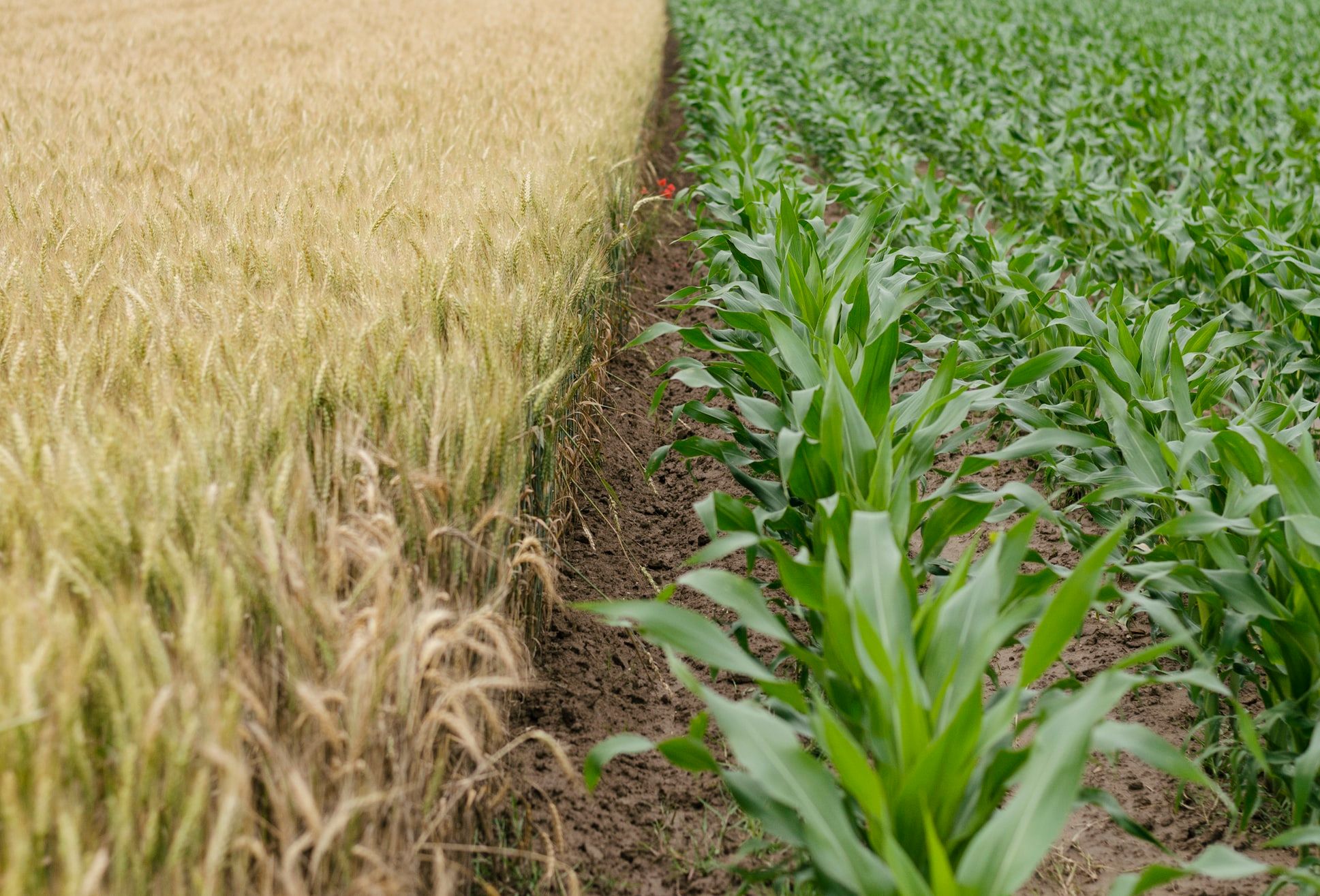Researchers have combined the use of soil-beneficial bacteria with super absorbent polymers to create a biofertilizer that is effective in areas of low rainfall. Their discovery may help farmers to cultivate large areas of land that were previously only suitable for low intensity livestock farming. Specifically, the team from Beijing were focused on increasing agricultural yields in the arid and semi-arid plains of Northern China.
Super absorbent polymers (SAP), are a type of macromolecular cross-linked polymer and are environmentally friendly. They have long been known for their good capacity for water absorption and retention. Their use has been proven to improve seed germination and seedling survival, as well as generally increasing soil moisture levels. Their timely application has saved many crops during periods of drought and enables arable farming in areas where long dry spells previously prevented cultivation.
Biofertilizers, meanwhile, are also increasing in popularity, as farmers, supermarkets, and consumers become more aware of the impact of intensive farming on the environment. The fact that many modern industrial agricultural practices have severe impact on local and global ecosystems, such as higher nitrous oxide emissions, soil degradation, genetic diversity loss, and nitrate leaching, is well known.
This has drawn a great deal of scientific and agricultural interest to the use of biofertilizers as a way to lower the impact of the agrichemical industry while increasing crop yields at the same time.
As the study conducted by researchers from State Key Laboratory of Agrobiotechnology, and the College of Biological Sciences at the China Agricultural University, Beijing, reports, “Biofertilizer containing plant growth-promoting rhizobacteria (PGPR) is an ideal candidate for reducing application of chemical fertilizer in sustainable agriculture. Numerous studies have been reported with respect to growth promotion and biocontrol and colonization of PGPR in different plants. Some PGPR could promote plant growth by enhancing phosphorus (P) solubilization, nitrogen (N) fixation, zinc solubilization, potassium solubilization, and indole-3-acetic acid (IAA) production.”
Adding that, “Previous studies have confirmed the roles of [the bacterium] pseudomonas, azospirillum, bacillus, burkholderia, and paenibacillus on the growth of pea, strawberry, rice, rape, and maize, respectively.”

Knowing both the importance of SAP in arid farmland and the impact of bacteria in biofertilizer led the researchers to test the two products together. As a result, the study set out to “… investigate the effects of synergistic application of SAP and biofertilizers (paenibacillus beijingensis BJ-18 and bacillus sp. L-56) on plant growth, including wheat and cucumber.”
Up until now, most studies have focused on the use of SAP alone, or an SAP product mixed with a chemical fertilizer, while little is known of the effect of SAP on bacteria. In fact, the researchers state that, “To the best of our knowledge, this is the first report about the effect of synergistic use of biofertilizer and SAP on plant growth under drought stress.”
The good news for farmers and the biofertilizer industry as a whole, is that not only were the bacteria still effective when applied with SAP, but the polymer actually improved the efficiency of the biofertilizer.

The study has now been published in the Journal of Life and Environmental Studies, where the team state that, “… the addition of SAP significantly enhanced survival rate of inoculants (p. beijingensis BJ-18 and bacillus sp. L-56), and then promoted seed germination of wheat and cucumber, plant growth, and soil fertility (urease, sucrose and dehydrogenase).” The team also claimed that the results, “… imply that the biofertilizer + SAP treatments contribute to drought tolerance of wheat and cucumber.”
While the team are quick to note that the research was conducted in a greenhouse, under sterile conditions, they see no reason why application of an SAP/biofertilizer mix in situ would not produce similar results.
This led them to conclude that, “Our results indicate that SAP addition in biofertilizer is a good strategy for improving the efficiency of biofertilizer, especially in the areas suffering from long-term drought stress.”
This is a powerful recommendation for two growing products in the agrichemical sector. The need to farm more sustainably, and the need to produce more food on as yet unused farmland are two of today’s most pressing matters. If super absorbent polymers and biofertilizers hold the key to solving them, then it is not only agribusiness producers that will profit, but all of mankind.
Photo credit: Indiamart, Time, Hemantmore, Ourworld, Plantvillage, & Researchgate
